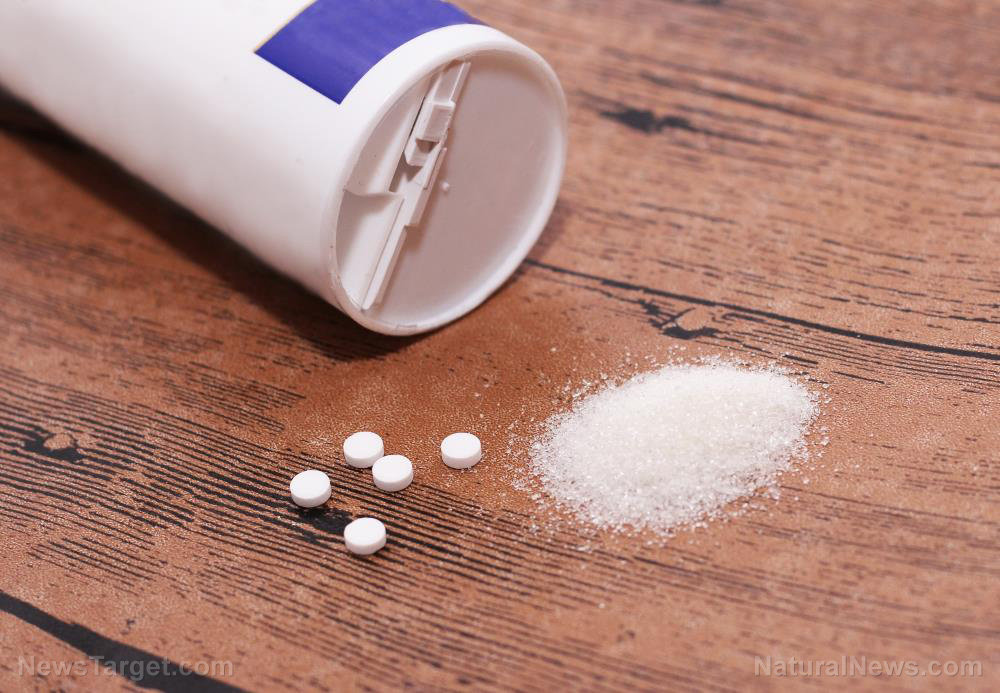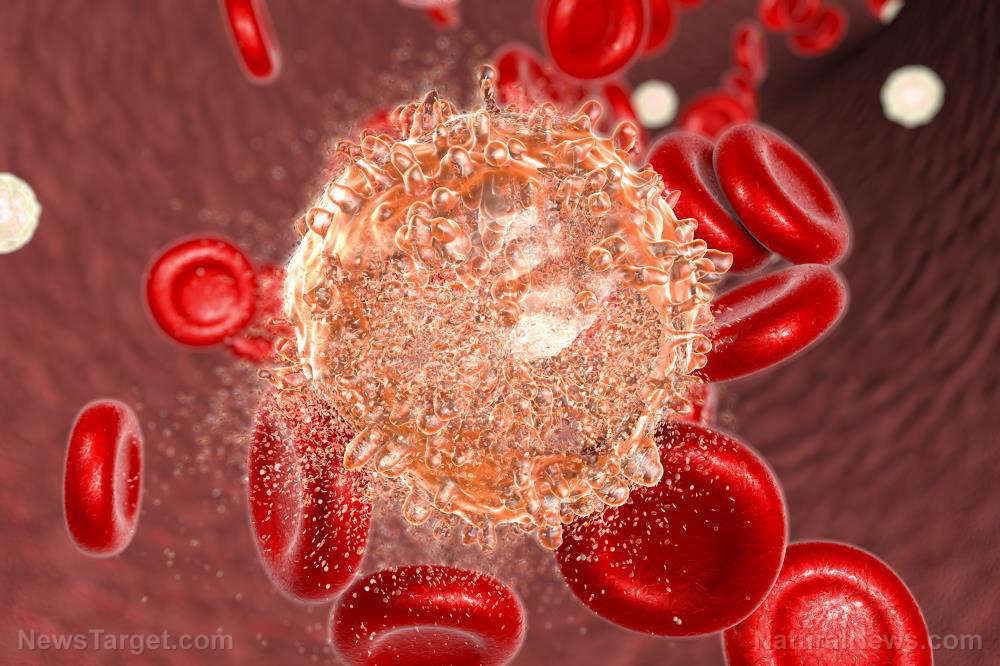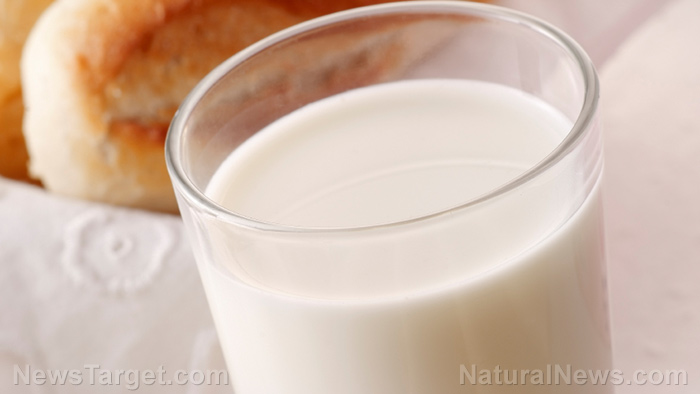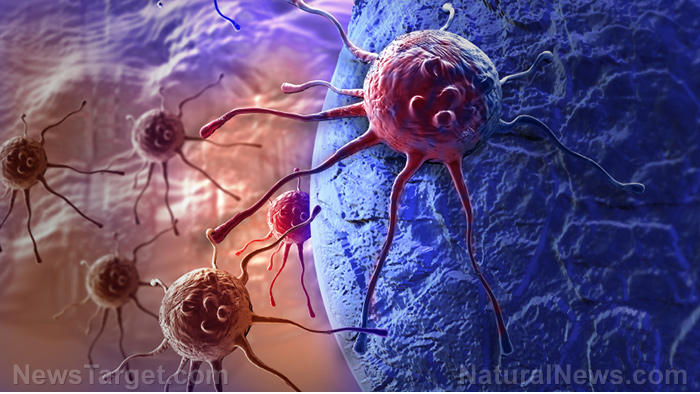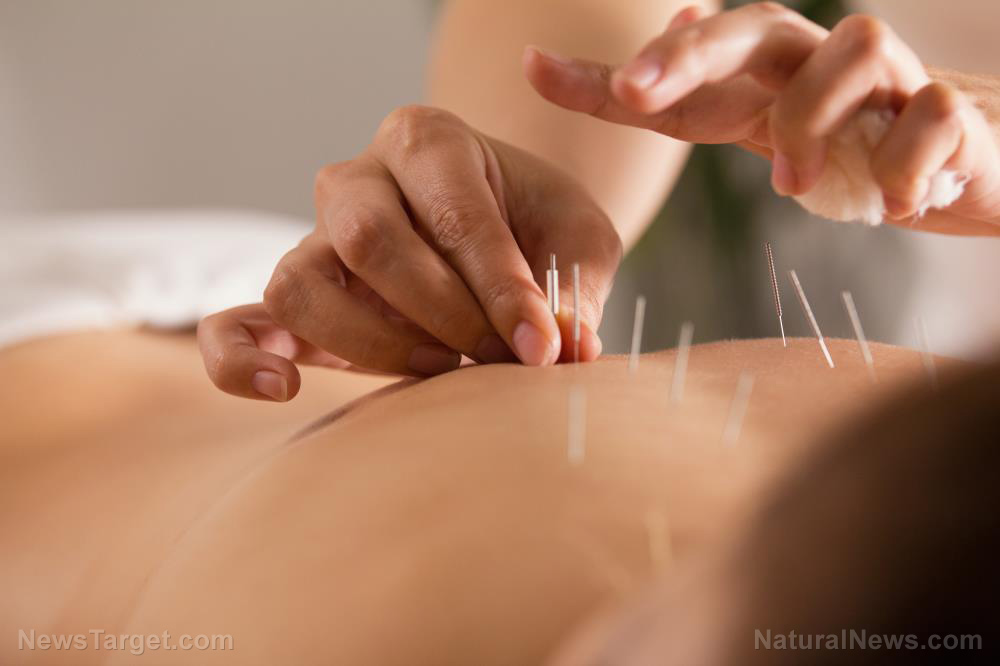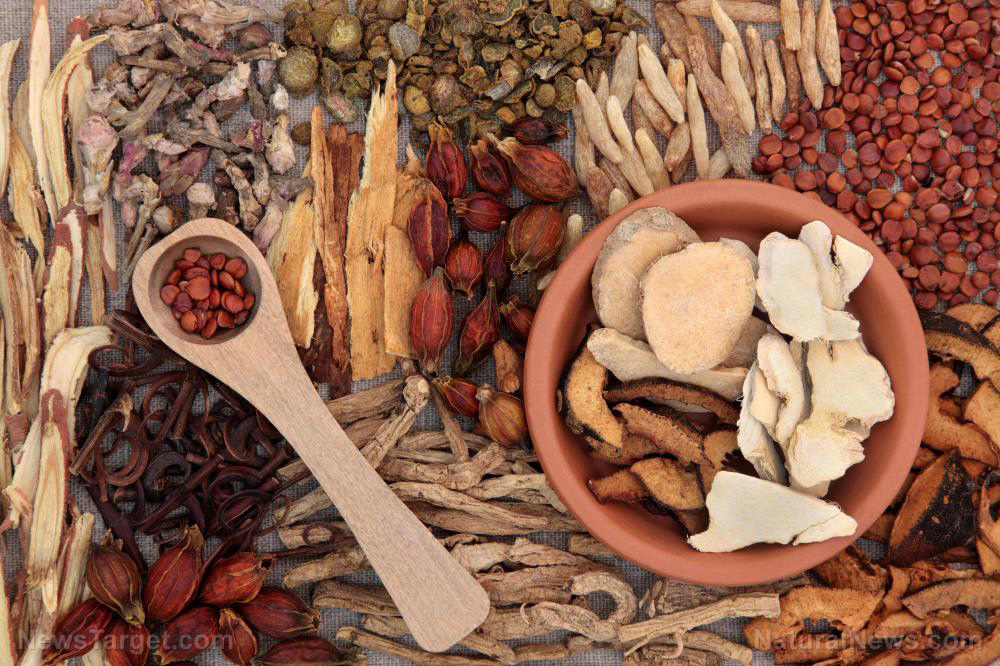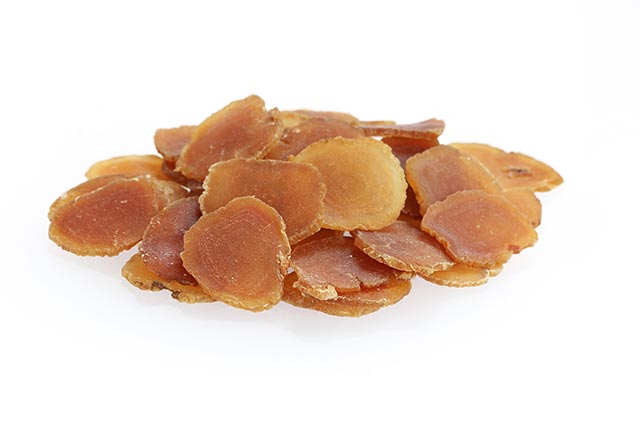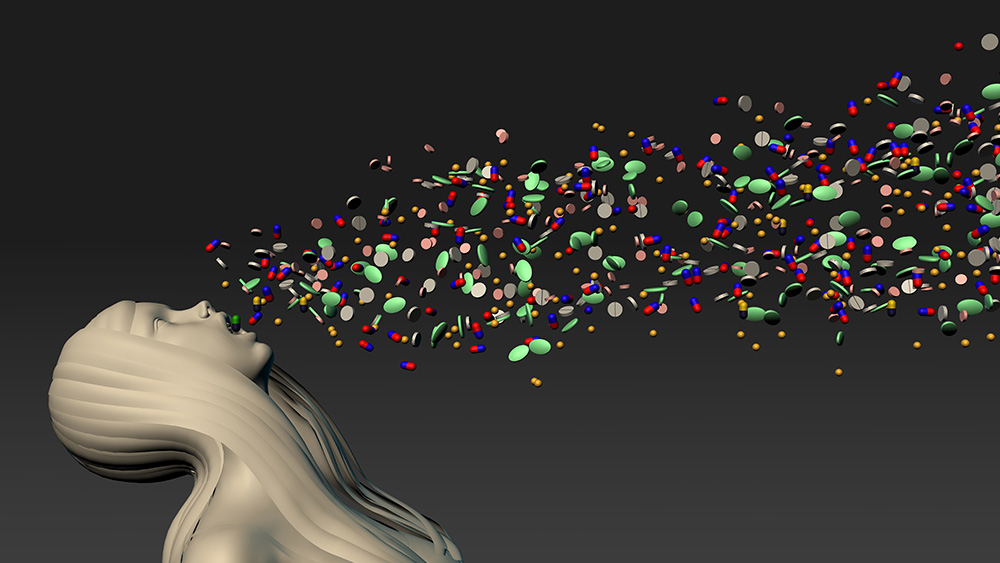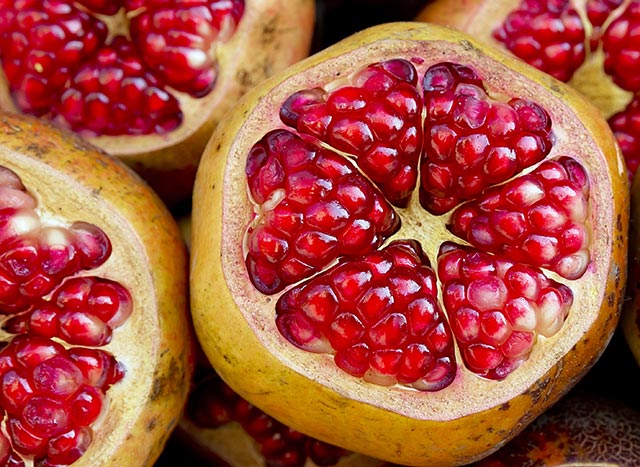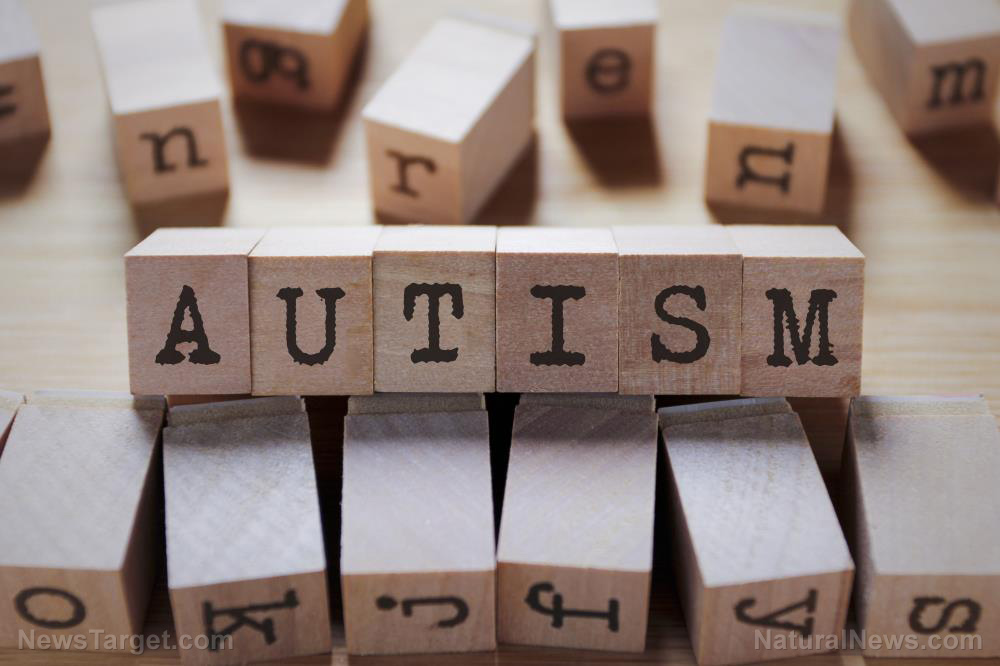Is looking good worth dying for? FDA confirms risk of cancer from breast implants
07/14/2019 / By Paul Waters

Breast augmentation is the most common type of cosmetic surgery in the U.S., with more than 300,000 women getting breast implants a year. Most women usually get breast implants for aesthetic purposes, while the rest see it as an option following a breast cancer surgery. In a recent statement, however, the Food and Drug Administration (FDA) has warned women about the potential health risk associated with getting breast implants.
The FDA had first announced on March 2017 that women who received breast implants were at risk of developing a rare type of cancer known as breast implant-associated anaplastic large cell lymphoma or BIA-ALCL. During a hearing with members of the FDA advisory committee, a panel consisting of surgeons and several women diagnosed with BIA-ALCL said they were not properly warned about the potential risks posed by breast implants. Former ER paramedic and advocate Jamee Cook received a breast implant 1998, which resulted in swollen lymph nodes, low-grade fever, chronic fatigue, and migraines for years. She eventually had the implants removed, which also relieved most of the symptoms she experienced. In 2010, Newport News, Virginia resident Anastasia Allmendinger got implants and was diagnosed with BIA-ALCL years later. She had to undergo surgery, chemotherapy, and a stem-cell transplant to make a full recovery.
Panel members wanted the FDA to ban some implants, specifically textured-surface breast implants, and that a unique “black box” warning should be placed on all devices. They also suggested that both doctors and patients should be given a checklist to sign before breast surgery. National Center for Health Research president and longtime advocate Diana Zuckerman wondered why the FDA and surgeons didn’t provide women with the information they needed before surgery.
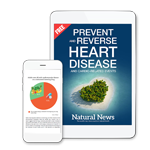 | Discover how to prevent and reverse heart disease (and other cardio related events) with this free ebook: Written by popular Natural News writer Vicki Batt, this book includes everything you need to know about preventing heart disease, reversing hypertension, and nurturing your cardiac health without medication. Learn More. |
“We have always said we don’t know what the percentage is – just that for women who are sick, getting them out makes them better,” she added.
What is BIA-ALCL?
Contrary to what most people think, BIA-ALCL is not breast cancer; it is a form of lymphoma which usually affects the cells of the immune system. This type of cancer usually develops on the scar tissue around the implant and is mostly associated with textured-surface breast implants. Plastic surgeons say that the higher surface area of textured implants promotes the growth of bacteria. This leads to an infection and causes the tissue around the implant to become inflamed, which eventually results in fluid build-up and cell damage that can lead to the development of BIA-ALCL.
The symptoms of BIA-ALCL usually appear three to 14 years after a breast implant and includes:
- Pain and swelling
- Lumps in the breast or around the armpit area
- Excessive fluid buildup around the implant
If you notice these symptoms, you should immediately see your healthcare provider for immediate treatment. They will check the fluid around the breast area for a specific lymphoma marker known as CD30. If detected in its early stages, this form of cancer can easily be treated by simply having the implants removed. More advanced cases require patients to undergo chemotherapy, a procedure which brings its own set of health risks.
Is it worth it?
With the health risks associated with breast implants and augmentation, some women are beginning to ask themselves if getting one is really worth it? Although the results of a successful breast implant might seem impressive, Weill Cornell Medicine professor and plastic surgeon Jason Spector says that most patients usually return to have more work done on their breasts. Not only is it very expensive but, even the most flawless procedures carries with it its own risks such as infection, chronic breast pain, necrosis (skin death), breakage or leakage, and breast and nipple numbness. (Related: Boob job BUST: More women now REMOVING breast implants than getting new ones.)
For a safer approach to enhancing your breasts, you can try eating some fennel seeds. Known for their high flavonoid content, fennel seeds facilitate the production of estrogen in the body. When used in conjunction with fenugreek, fennel seeds boost the development of new breast cells and tissues which can help increase breast size. To get the full benefits of fennel seeds, you can either make a tea out of it or mix it directly with your meals.
You can learn more about breast cancer and BIA-ALCL at Cancer.news.
Sources Include:
Tagged Under: BIA-ALCL, breast augmentation, breast cancer, breast implants, cancer, Cosmetic Surgery, FDA, lymphoma


